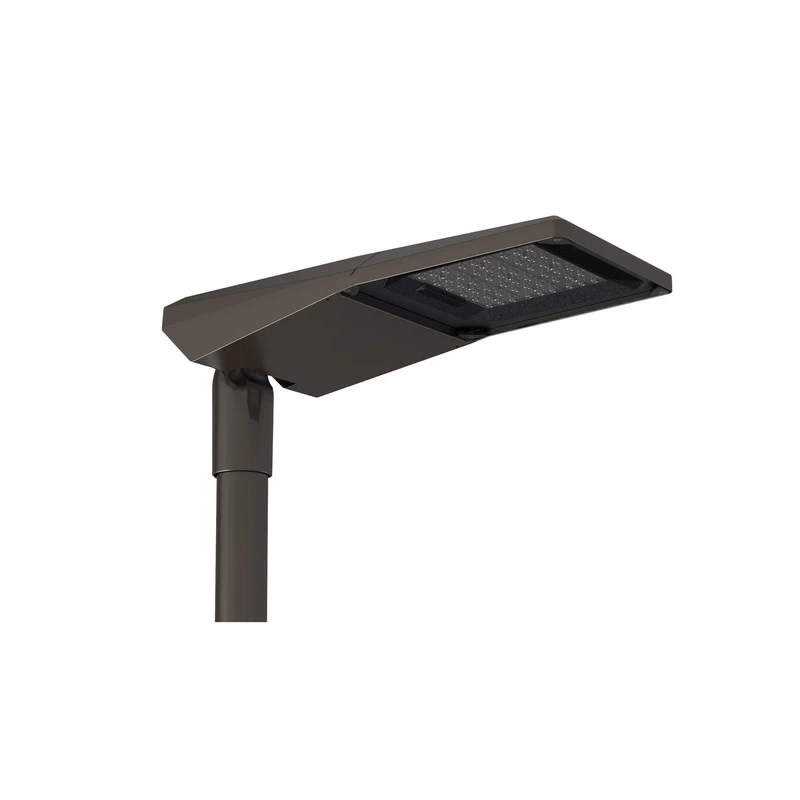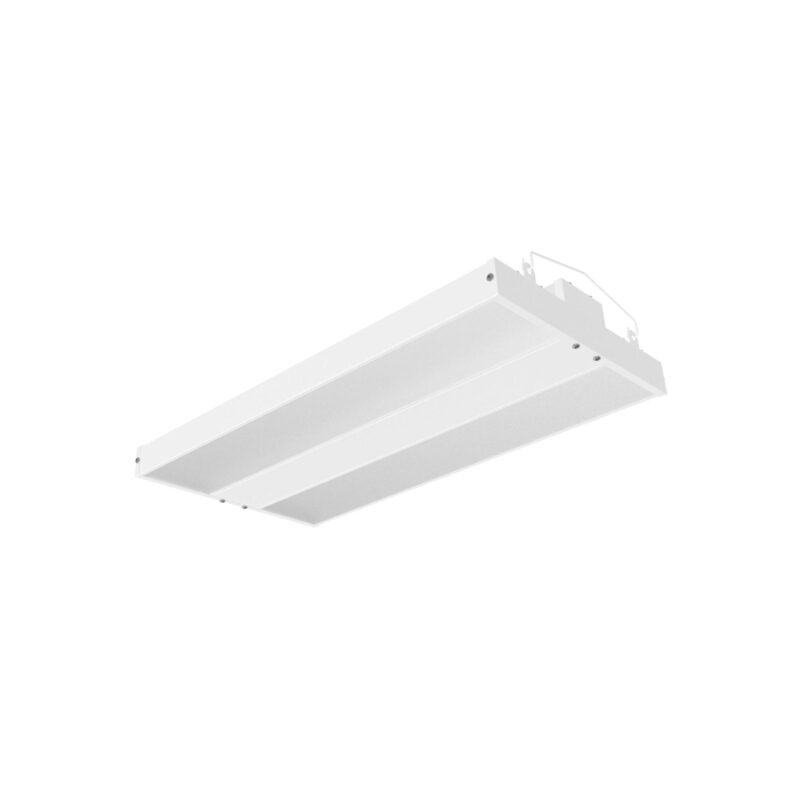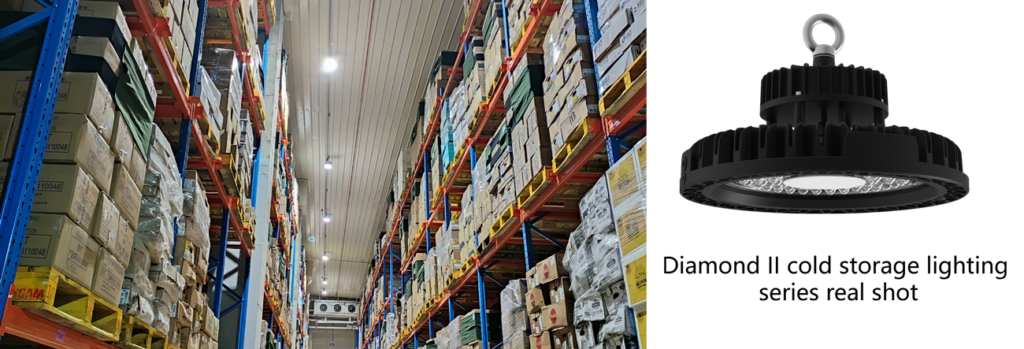La necesidad de utilizar soluciones profesionales de iluminación aeroportuaria ¡! |LEDRHYTHM
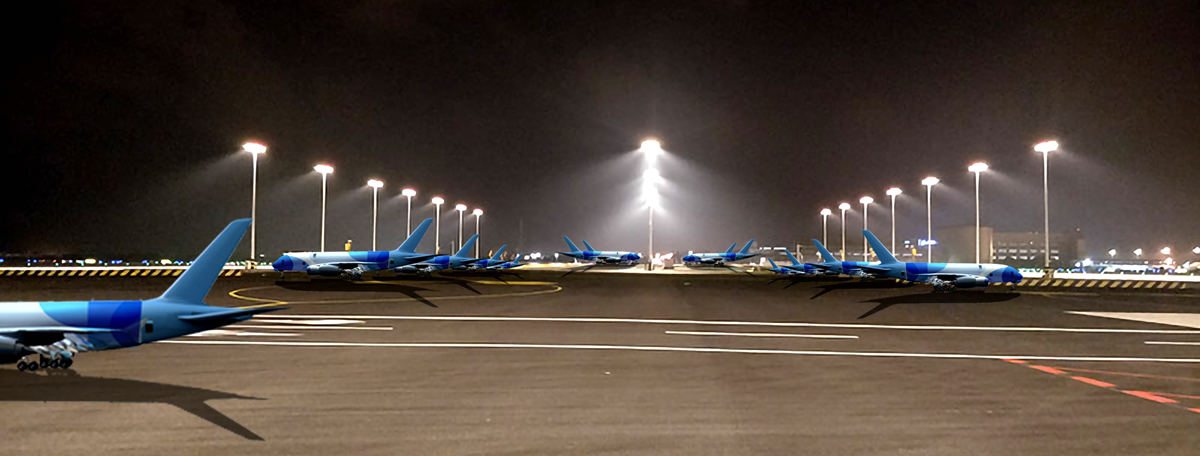
Con el aumento del tráfico aéreo de pasajeros, la calidad de la iluminación de los aeropuertos, como importantes centros de transporte, afecta directamente a la experiencia de viaje de millones de pasajeros. Al mismo tiempo, el consumo de energía de las instalaciones de iluminación es también uno de los principales gastos de las operaciones aeroportuarias. El uso de soluciones profesionales de iluminación LED para aeropuertos puede ayudar eficazmente a los operadores aeroportuarios a ahorrar costes de electricidad en iluminación, garantizando al mismo tiempo una buena experiencia a los pasajeros.
En comparación con las lámparas incandescentes, la eficiencia de la iluminación LED es más de cinco veces superior, su vida útil puede alcanzar entre 50.000 y 100.000 horas, y puede instalarse y utilizarse durante más de 10 años después de una instalación. En las mismas condiciones de luminosidad, el uso de lámparas LED puede reducir el consumo de energía en más de 60%. El uso combinado de sistemas inteligentes de control de la iluminación puede lograr un control centralizado de las luces en distintas zonas y distintos periodos de tiempo para conseguir el mejor efecto de ahorro energético. El ahorro en costes de electricidad que supone la iluminación LED por sí sola para un gran aeropuerto puede alcanzar cientos de miles de yuanes al año. Al mismo tiempo, las lámparas LED tienen una larga vida útil, por lo que también reducen significativamente los costes de mantenimiento.
Y una iluminación adecuada puede reducir la ansiedad de los pasajeros en el aeropuerto y hacer que se sientan cómodos y seguros.También puede ayudar a guiar a los pasajeros para localizar rápidamente puertas de embarque, aseos, restaurantes y otros lugares.
Por tanto, una iluminación aeroportuaria de alta calidad no sólo puede mejorar la experiencia de viaje de los pasajeros, sino también reducir los gastos de consumo energético de los operadores. Una planificación adecuada de las soluciones de iluminación tiene un profundo impacto en la eficiencia operativa del aeropuerto.
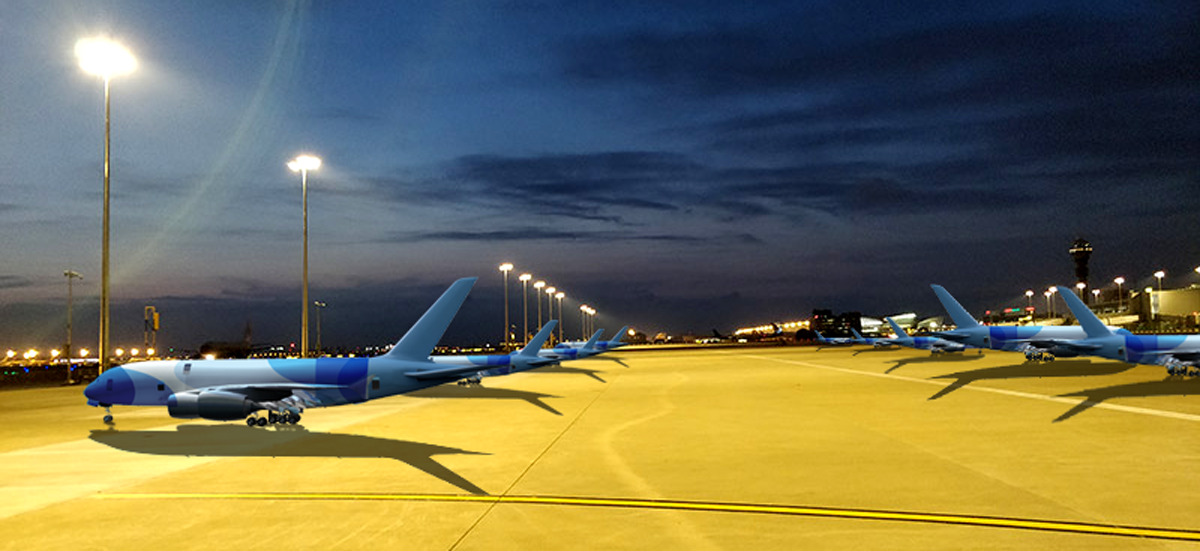
La solución de iluminación aeroportuaria LEDRHYTHM se basa en la seguridad de los empleados y pasajeros del aeropuerto, y está diseñada para ser una luminaria de alta potencia eficiente y de bajo consumo. Las lámparas pueden proporcionar una iluminación suficiente y uniforme para eliminar las zonas oscuras y garantizar una iluminación adecuada en todos los rincones del aeropuerto para evitar accidentes. Adopta un diseño antideslumbrante y utiliza luz suave y natural para evitar que la luz fuerte cause daños irritantes a la vista. Con una pantalla transparente y una estructura sin sombras, la luz en todo el espacio es más suave y natural. Equipada con un sistema inteligente de control de la iluminación para lograr una supervisión y gestión centralizadas de las lámparas en todas las zonas. Adoptando un sistema de iluminación LED seguro e inteligente para aeropuertos, se puede mejorar en gran medida el factor de seguridad de toda la zona aeroportuaria al tiempo que se garantiza la comodidad, lo que permite a empleados y pasajeros viajar con tranquilidad.



